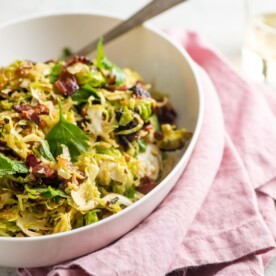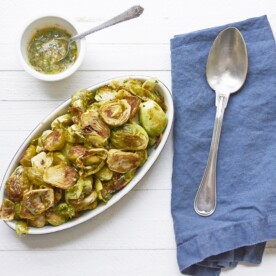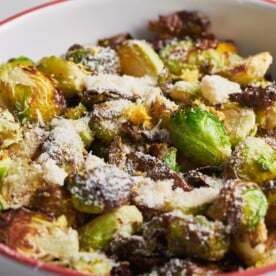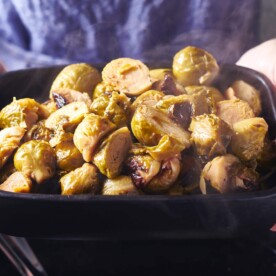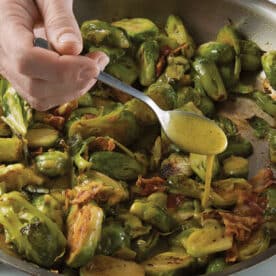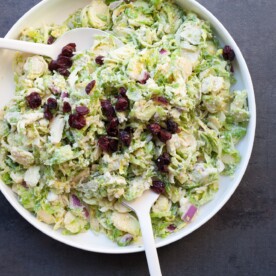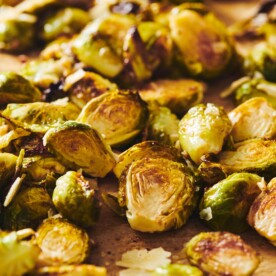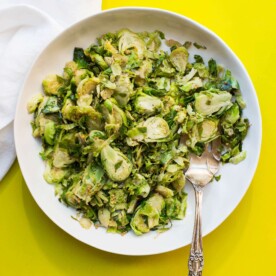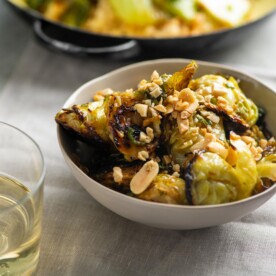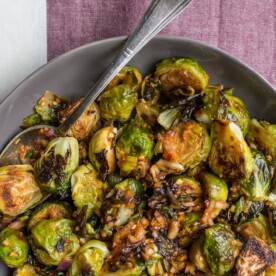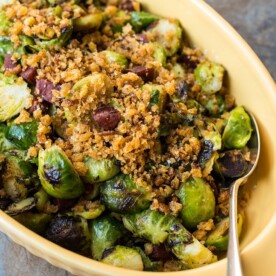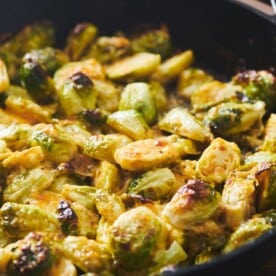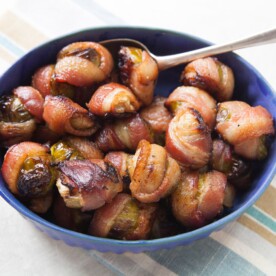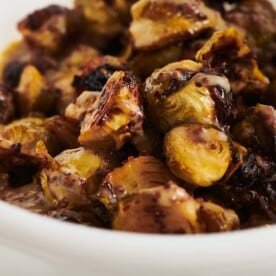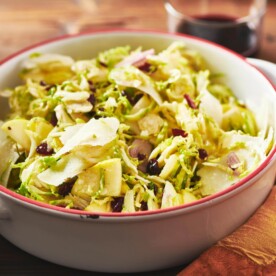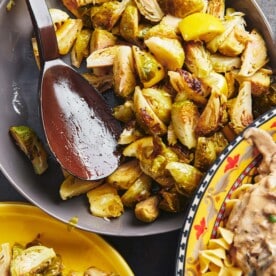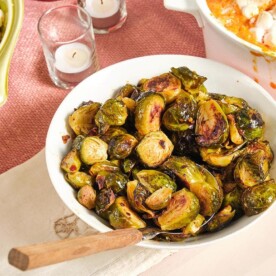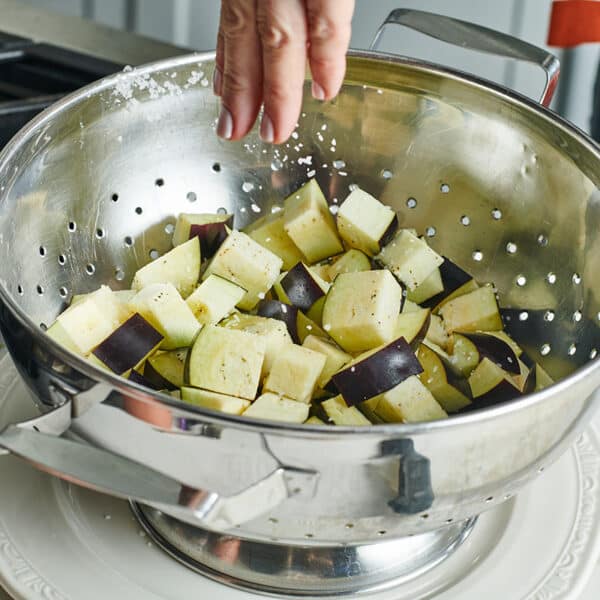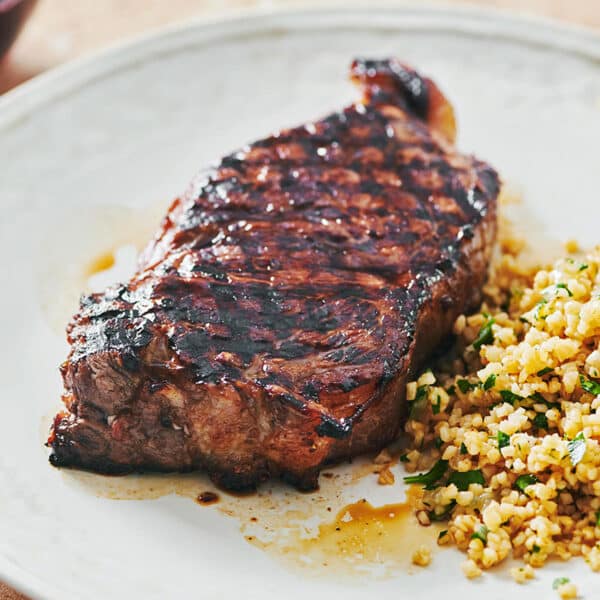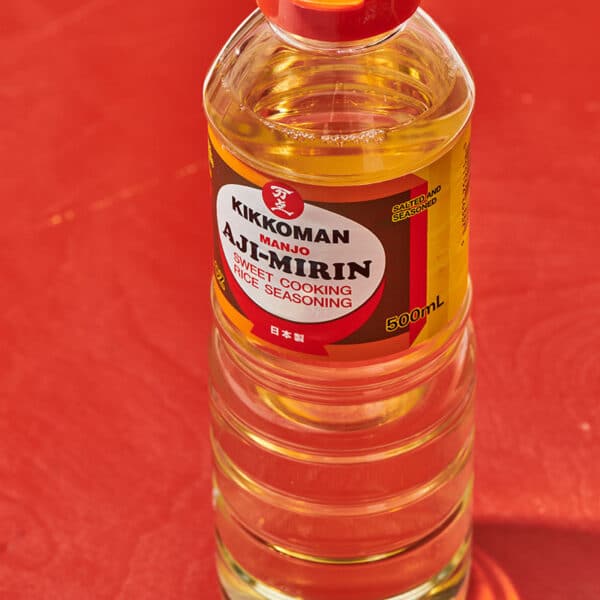How to Cook Brussels Sprouts
on Feb 02, 2022, Updated Jan 28, 2025
This post may contain affiliate links. Please read our disclosure policy.
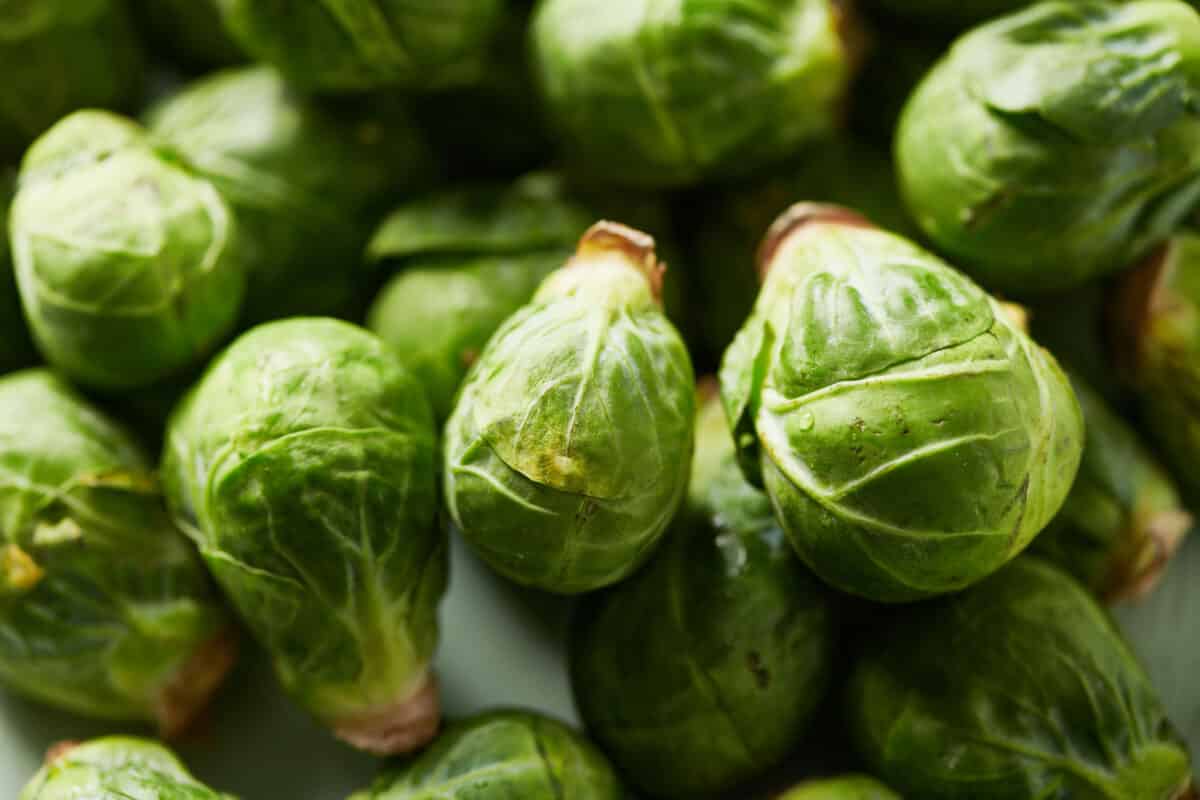
Brussels sprouts are one of the most popular vegetables to cook and eat during the cold weather months. They are particularly popular as part of holiday meals such as Thanksgiving and Christmas.
Many people think they don’t like Brussels sprouts, but they just haven’t had them cooked well. Brussels sprouts are very versatile and delicious when prepared in a number of ways. Used raw, they are amazing when sliced thin and used in salads. They can also be steamed, boiled, sautéed, fried, and roasted in the oven until crispy. And, you have to try pickled Brussels sprouts!
By signing up, you agree to our Privacy Policy.
What's In This Post?

Everything you need to know about how to buy, store, prepare and cook with Brussels sprouts. Plus lots of Brussels sprouts recipes
What Are Brussels Sprouts?
First of all, yes, it is Brussels sprouts, plural on the Brussels. I know, it seems weird. But there’s nothing weird about this amazing vegetable. Brussels sprouts are part of the same species as cabbage, cauliflower, broccoli, kale, and collard greens, and they actually do indeed look like miniature cabbage. They date back to ancient Rome, but true to their name, they first gained popularity in the region of Brussels (thus the need for the ‘s’ and the reason it’s capitalized) in Belgium in the 13th century. Once they made their way to North America in the 18th century, they became a major crop in California. That state remains the largest U.S. grower of Brussels sprouts.
Brussels sprouts grow on a large, thick stalk and look really cool (you can order one at Melissa’s Produce!). By the time most of us find them in the markets, the buds, or little heads, are taken off the stalk.
You might find them packaged in bags or even loose, sold in bulk by weight in the grocery store. However, some farmers markets and specialty markets sell Brussels sprouts on the stalk in peak season. It’s a fun conversation piece, and kids will find this fun and strange.
FAQs
Brussels sprouts are small, round, fairly bright green “mini-cabbages.” Like cabbage, they are made of many compacted layers of leaves. On the plant, a thick stalk holds a helical (which means having the shape of a helix, a spiral — I had to look that one up) pattern of mini cabbage-looking buds with the leaves getting larger on the outside.
Most people who hate Brussels sprouts have only eaten them steamed or boiled, and perhaps even overcooked. These are not my favorite Brussels sprouts cooking methods; when boiled and overcooked, their bitter flavor and limp texture are not very appealing. Try them sautéed, roasted, braised, or made in the slow cooker or air fryer and see if you feel differently!
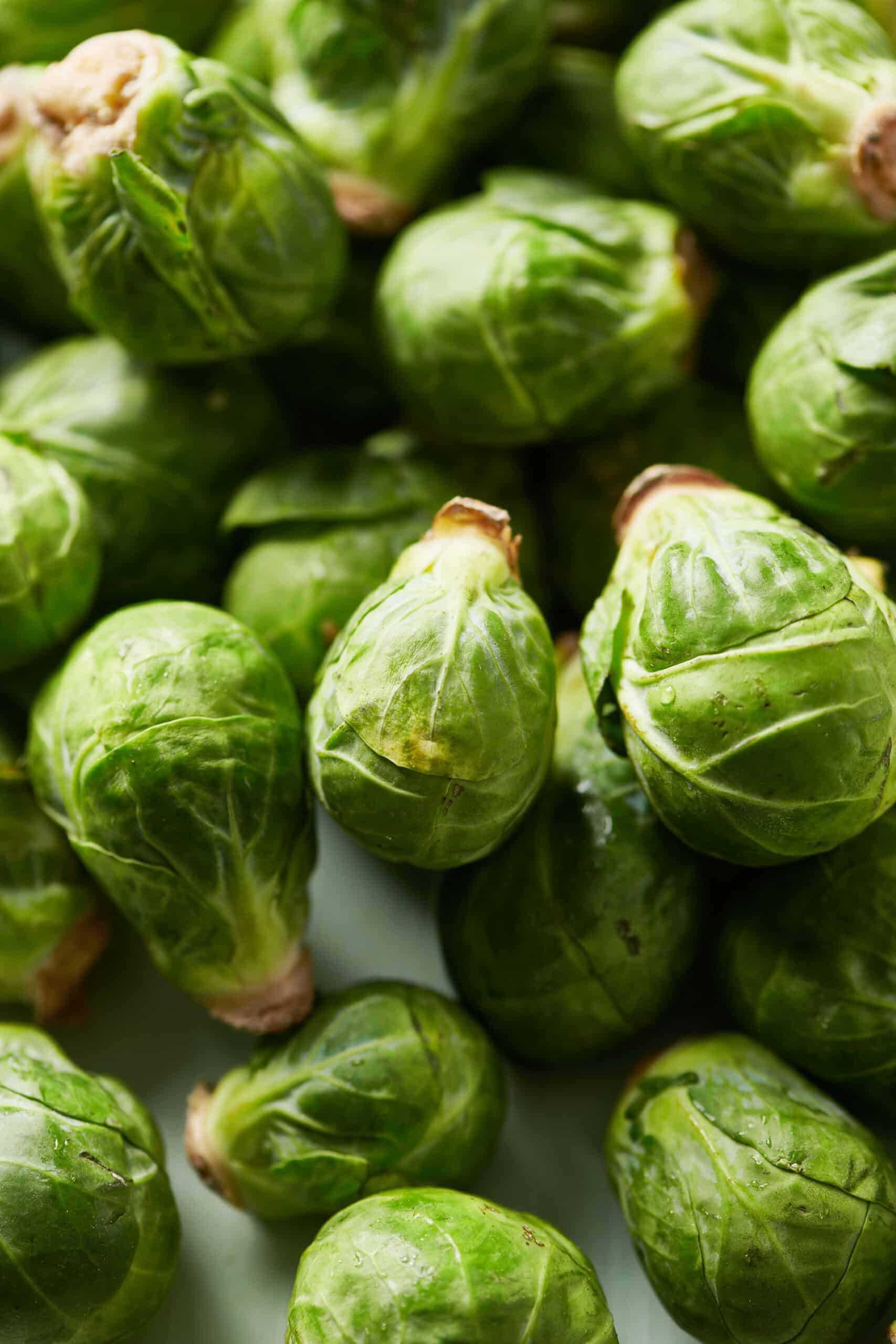
Buying and Choosing Brussels Sprouts
Brussels sprouts can be found in the produce section of general supermarkets year-round. They’re also sold in the frozen vegetable aisle. If you are lucky enough to live near where these are grown in the United States (mainly California), they are usually readily found at farmers markets and sometimes still on the stalk.
Brussels sprouts are grown in California from June through December but are generally readily available year-round, and are a popular backyard vegetable for gardeners throughout the U.S. They are considered a cool weather crop, so often appear in local temperate regional farmers markets in the fall.
All Brussels sprouts should be firm and bright in color. Make sure they are free of wilted leaves and bruises. Any damaged or yellow outer leaves can be removed, but try to find the freshest ones you can. The smaller the Brussels sprout, the more tender and sweet it is (go for larger ones if you want a more cabbage-like flavor).
What do Brussels Sprouts Taste Like?
Brussels sprouts can be a bit assertive in flavor. Larger sprouts are more bitter and take on the flavors of cabbage, while smaller sprouts tend to be sweeter and more tender. Much of the taste of Brussels sprouts, however, really comes from the way they are cooked. Roasting and sautéing bring out their sweet and nutty flavors while boiling makes them “cabbagy.”
And how! Brussels sprouts are a cruciferous vegetable high in vitamins A and C. They are also good sources of iron, fiber, nutrients, and antioxidants and are believed to reduce the risk of cancer, according to Harvard University School of Public Health.

How to Prepare Brussels Sprouts
If you have Brussels sprouts on a stalk, remove each bud by cutting right under the sprout.
To prepare Brussels sprouts for any recipe, start by removing any outer leaves that are slightly browned or wilted. Trim the base or stem of each Brussels sprout.
However you plan to cook with them, selecting Brussels sprouts similar in size will ensure consistent cooking. If cooking whole large Brussels sprouts, cut small X‘s in the trimmed base of the sprouts, which helps them cook evenly by allowing heat to penetrate faster into the center.
Brussels sprouts can also be shredded, thinly sliced, or cut in half or quarters, depending on the size and the needs of the recipe.
If you want to shred or slice them, you can do this with a sharp knife and cutting board, use the slicing blade on a food processor, or use a small mandoline. You can also buy them pre-sliced or shaved.
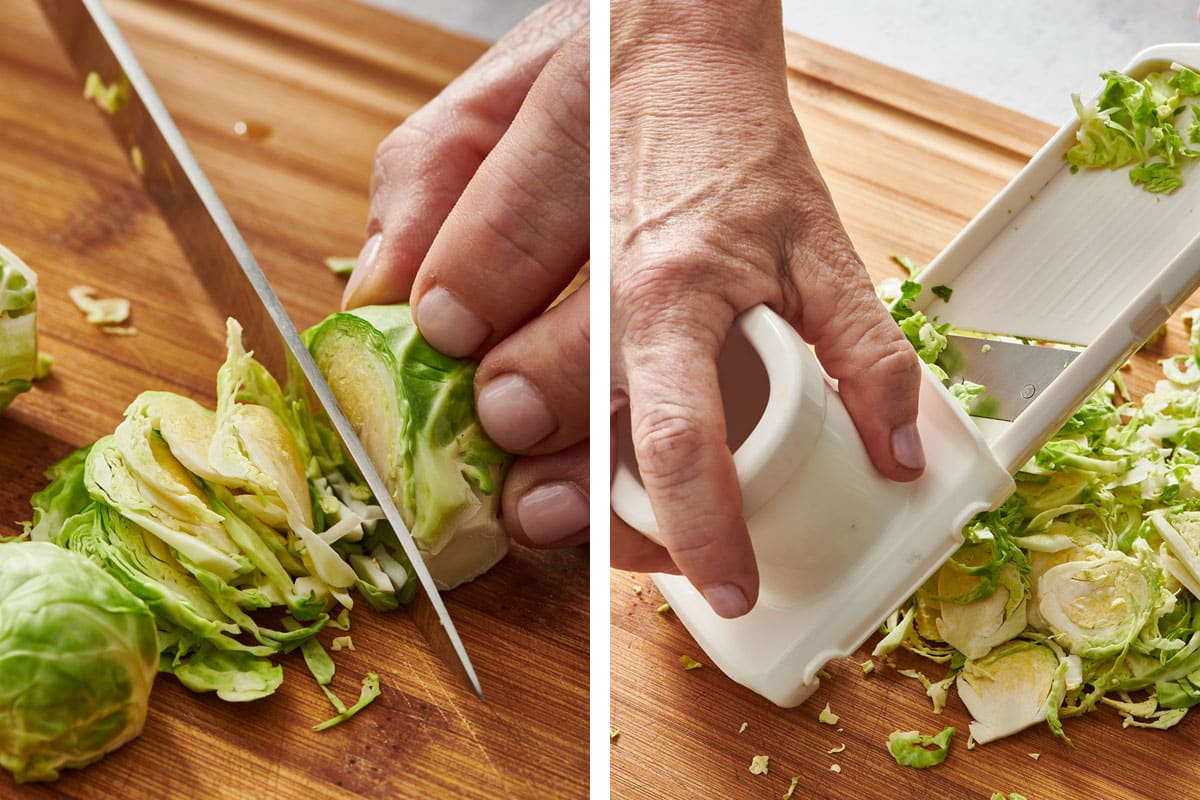
The Best Ways to Cook Brussels Sprouts
Roasting on a sheet pan and sautéing are the most popular methods used to enhance Brussels sprouts’ earthy, nutty, and sweet flavor. This can be done by simply adding minced garlic, salt (I like kosher salt or sea salt) and pepper (freshly ground is best), and olive oil before cooking. You can also use melted butter instead of olive oil.
Or toss in some extra special ingredients. Bacon or pancetta, balsamic vinegar, lemon, Parmesan cheese, or onions or shallots are all great partners to Brussels sprouts. See below for lots of recipe ideas! Brussels sprouts — raw and thinly sliced or cooked — also work very well with light, acidic things like vinaigrettes drizzled over them.

Storage
Since Brussels sprouts like cool temperatures, they store well. They will last in the refrigerator for about 2 weeks when stored on the stalk and about 1 week if loose and stored in a bag or airtight container.
Brussels sprouts freeze very well (actually 85% of the U.S. Brussels sprouts harvest is for the frozen market, which is kind of amazing when you think about how many are sold fresh!). To freeze sprouts, blanch them by placing them briefly in a pot of boiling water, then drain and shock them in a bowl of ice water. Pat dry and freeze for up to a year. Or, you know, just buy them frozen.

17 Brussels Sprouts Recipes
I clearly LOVE Brussels sprouts, as evidenced below! I made a ton and often eat them as a main course. Here are whole whole bushel of Brussels sprouts recipes to try.
Crispy Brussels Sprouts Salad
Warm Brussels Sprouts Salad with Anchovy Vinaigrette
Air Fryer Brussels Sprouts
Slow Cooker Maple-Dijon Brussels Sprouts
Warm Brussels Sprouts with Bacon and Mustard Vinaigrette
Creamy Brussels Sprouts Slaw
Best Parmesan Brussels Sprouts
Shredded Sautéed Brussels Sprouts
Kung Pao Brussels Sprouts
Kimchi Brussels Sprouts
Pan-Roasted Brussels Sprouts with Chorizo and Toasted Breadcrumbs
Cheesy Baked Brussels Sprouts
Roasted Honey Mustard Brussels Sprouts
Brussels Sprouts, Pecorino, and Apple Salad
Roasted Lemon Brussels Sprouts
Chili Crunch Brussels Sprouts
Pin this now to find it later
Pin It